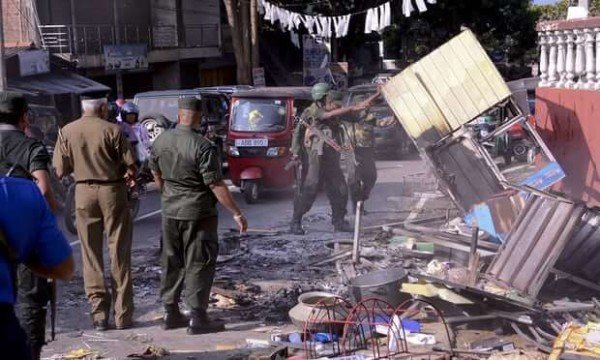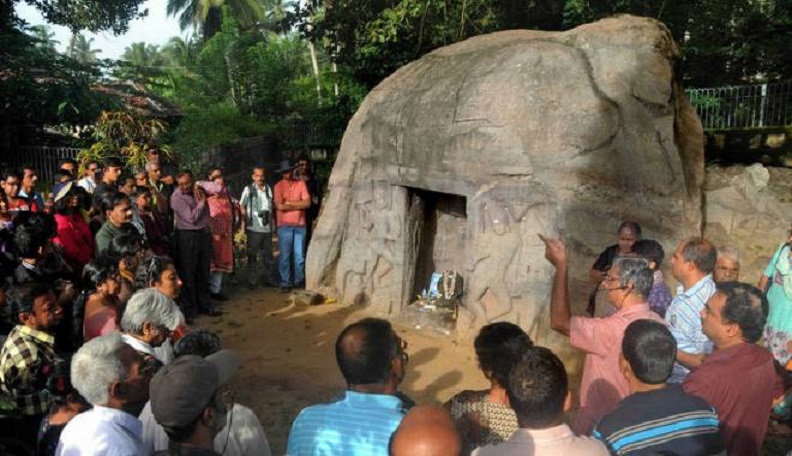
The historical KaanthalUr can be identified today in Vizhignam, a city in the Indian state of Kerala. It is a port city that was once a major hub of maritime commerce and migrant movement along the famed the Spice Route. It connected East to West while at the same time limiting direct contact between them. This is a strategy well documented in the archeological find at Arrikamedu, a port city near Pondicherry.
During the Sangam era, the port belonged to the Ay kingdom of Tamils. The Ay kingdom was a Tamil kingdom located at the very centre of the Tamil maritime trade. It remained mostly autonomous until the 8th century, when Pandya King Kochadaiyaan Ranatheera vanquished its sovereignty. This was done for greater control of the famed Spice Route. To regain their autonomous status, they even went to the extent of inviting and accommodating people from the Middle East to establish the KaanthalUr Saalai.
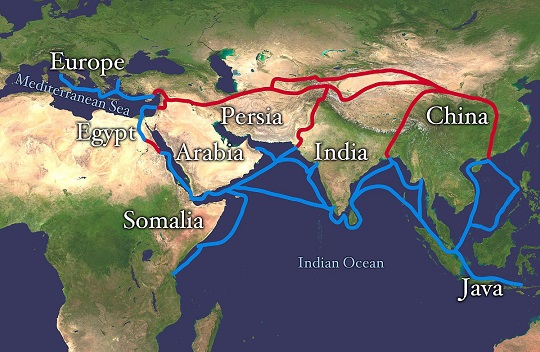
Saalai means educational institute (ie. Paadasaalai, meaning “school” in Tamil). KaanthalUr Saalai was a coercive warfare training facility and a naval base in the disguise of Veda Paadasaalai. The Tamil system of warfare was regarded as both ethical and tactical-based as described in Sangam literature.
KaanthalUr Saalai may have been a centre for espionage activity using foreign talent, and was focused on the outcome of war rather than the ethics governing war. KaanthalUr Saalai training was mostly focused on tactics and coercive methods. The foreign merchant community from the Middle East offered solutions to regain the sovereignty of these parts. This alliance between the local Ay kingdom and the Middle Eastern merchant guild posed an inherent threat to the regional Tamil kingdoms.
The peculiarity of this school is that it always resisted the idea of subjugation to the major Tamil regional powers, namely the Chera, Cholzha and Pandya. The Chera, Cholzha, and Pandya were the trinity rulers who dominated the ancient Tamil landscape, like the Scots, English, and Irish of the United Kingdom. Throughout history, most Tamil Kings considered KaanthalUr Saalai a threat to their ascendency.
KaanthalUr Saalai was seen as an obstacle to successive Tamil kings in their empire building process. Six centuries were spent attempting to outmaneuver and uproot this institution by Cholzha and Pandya kings, while it is not clear whether the Cheras succumbed to or patronized this institution.
According to A.K Neelakanda Saasthri, a Tamil historian, King Raja Raja Cholzhan finally outmaneuvered it in the year 985 CE, soon after his coronation. It was a very important event in his lifetime and appears first in his list of conquests, called Meikeerthi in Tamil.
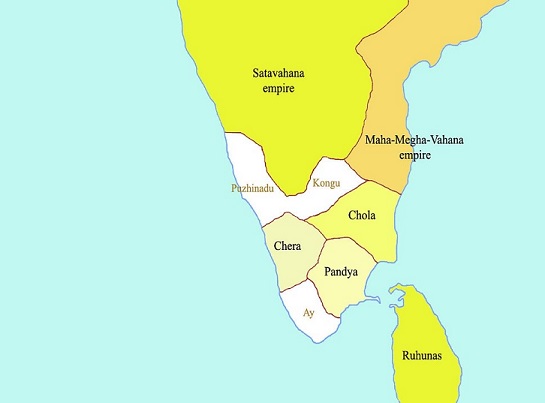
The Conquest
It is not very clear under which circumstances the outmaneuvering of the KaanthalUr Saalai was planned and successfully executed. It was likely perceived as an obstacle for Raja Raja the Great in his empire building. In his personal conquest list, it appears first and the Tamil word “KaanthalUr Saalai Kalmarutharuli” (காந்தளூர்ச்சாலை கலமறுத்தருளி) appears in the stone inscriptions.
The word “kalam” has two meanings, namely ship and shortcomings. If you consider “ship” as the intended meaning, then he had destroyed the naval base (this is more likely as present day KaanthalUr is a seaport). If you consider its meaning as “shortcomings”, then he certainly outmaneuvered or uprooted it.
Many Pandya kings also took a tough stance against KaanthalUr Saalai before and after Raja Raja Cholzhan. At least three Pandya Kings were identified to have acted against KaanthalUr Saalai prior to Raja Raja Cholzhan. Pandyan Sadaiyavarman Paraanthagan (1130 CE) took similar action after the Cholzhas to regain Tamil regional power prior to his coronation.
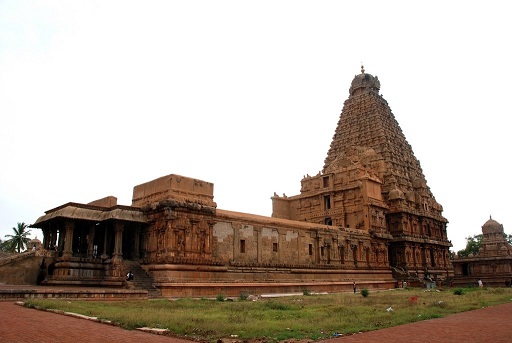
Given the above circumstances, there appears to have been a compelling reason for the Tamil regional powers to quell the rebellious KaanthalUr Saalai. This had been going on for about six centuries and played a crucial role in the history of the Tamil people. This notion provides fertile breeding ground for all kinds of conspiracy theories to emerge.
Prior to Raja Raja Cholzhan, the reason for this is not clear. There could have been a foreign spy ring and espionage activity involving Jews from the Middle East since the famed KaanthalUr lies at the very center of the Spice Route. These coercive forces may have heavily influenced the monarchial politics of the Cholzhas.
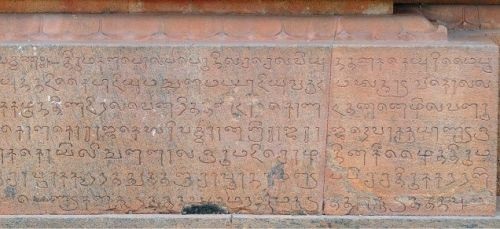
As far as Raja Raja Cholzhan’s involvement is concerned, much speculation has emerged. His older brother Aditya Karikaalan’s murder was schemed at the KaanthalUr Saalai to influence the Cholzha monarchy.
There is also a spy espionage theory involving a Raja Raja’s spy being imprisoned and tortured by the KaanthalUr Saalai’s rector under the Chera patronage. Another theory involves a secret naval base being established under the Arab Admiralty against the Cholzhas superior naval force. There is also a Jewish and Arab trade monopoly theory challenging Tamil traders along the famed Spice Route. Whatever the reason, Raja Raja Cholzhan successfully out maneuvered it and inscribed it in his Meikeerthi.
Given the uncertainty surrounding the KaanthalUr conquest, three bestselling Tamil novels were written on this subject. I have read two of these three novels.
KaanthalUr Vasantha Kumaran Kathai (the story of the KaanthalUr Vasantha Kumaran) by Sujatha revolves around spy espionage theory. Muthal Udtham (The First War) by Balakumaran is centred on the destruction of theKaanthalUr Saalai by Raja Raja The Great. The newest of all is the Tamil novel Cherar’s Koattai (The Cherar’s Fort) by Gogul Sheshadri. It is the most elaborate work detailing the KaanthalUr Saalai conquest ever written.
My hope is that one day in the not too distant future, a Hollywood style blockbuster movie on KaanthalUr Saalai will be made.
- Dr. Prem Shanmugam
Related articles: Elephants, Elephant Brigades, Elephant Wranglers and Tamil Civilization “Oor”: The Hallmark of Global Prehistoric Tamils Parai: Mother of All Percussion Instruments and People’s Music to Unify the Tamil Diaspora Diversity Amongst the Tamil Diaspora: An Ethno-Linguist Population Group







